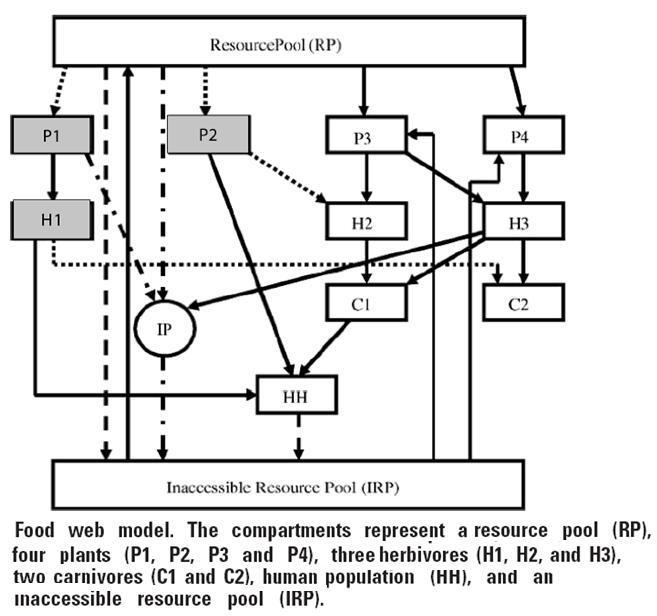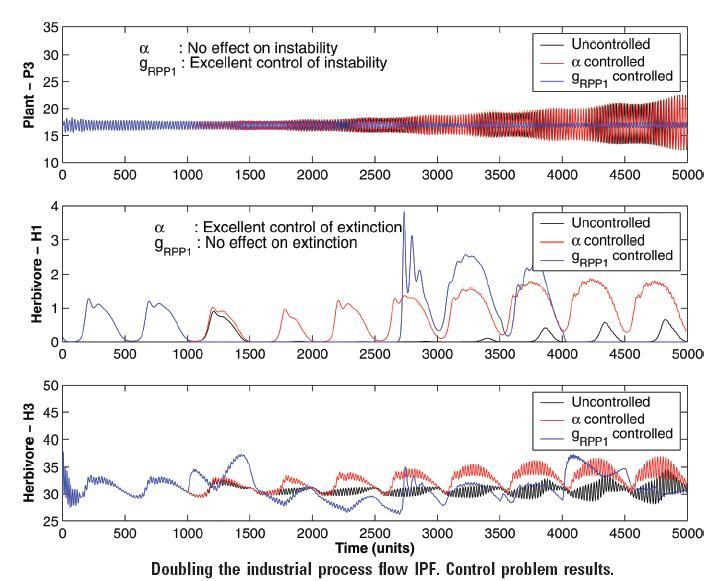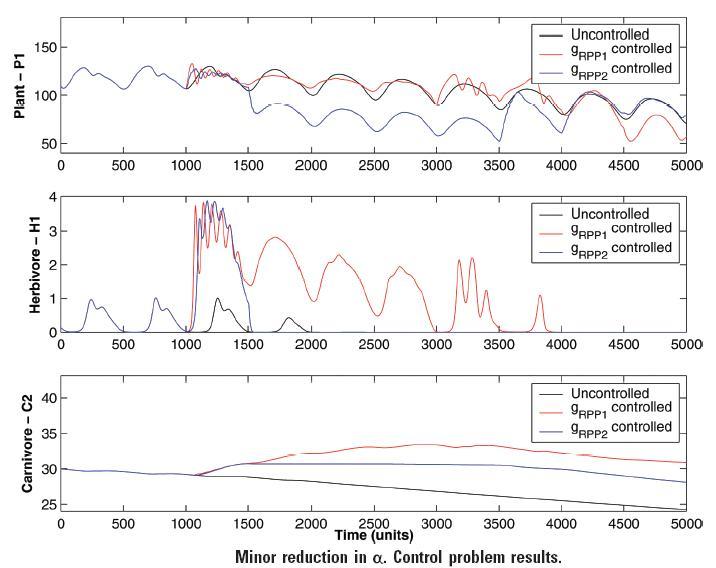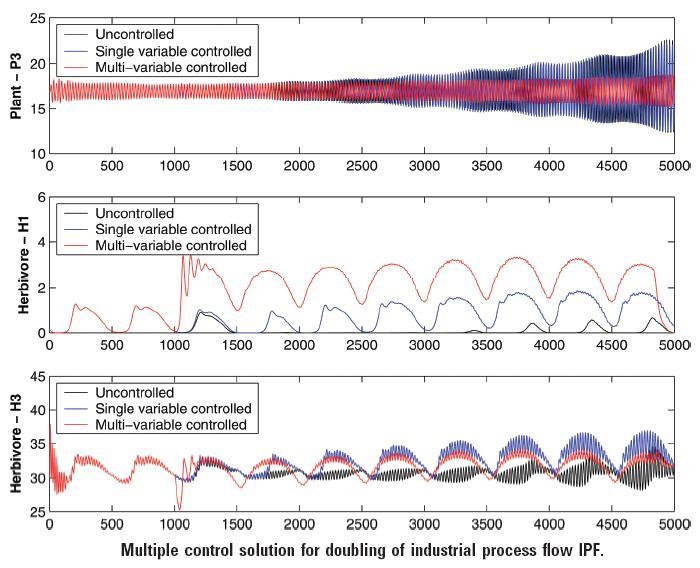Managing
Sustainability
The concept of
sustainable development has been gaining increasing attention because so far
the impact of human development/activities on the ecosystem were not
considerably realized as the human race was largely embedded in and protected
by the smooth functioning of a giant biosphere of ecological networks. However,
as our available energies have began to constitute a substantial portion of the
ecological network, it is possible that we may start damaging our own basis for
support particularly if we make changes whose impact are not clearly
understood. Sustainable development has generically been defined as "the
development that meets the needs of the present without compromising the
ability of the future generations to meet their own needs". Most of the
research work at VRI focuses on developing and enhancing technologies that
ensure sustainable development.
The topic of
sustainability is not limited to industrial ecology and is, perhaps,
operationally and conceptually one of the most complex that modern science has
faced as it involves dynamic socio-economic interactions and its effect on the
overall ecosystem. The figure below presents the extension of framework from
process design, to industrial ecology leading to socio-economic sustainability.
At the center of this new framework is the green chemical plant engineered with
clean products, clean processes, and green energy, and eco-friendly management
and planning.
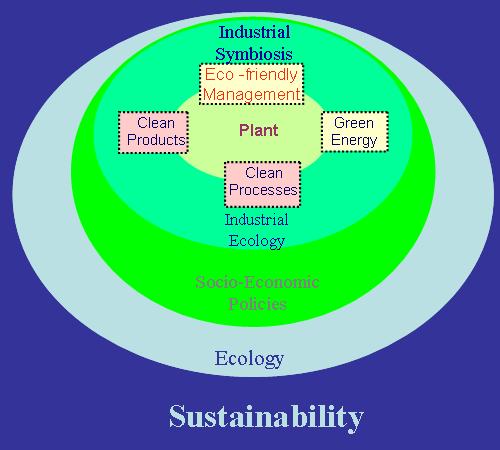
The concept
of sustainability, an abstract one by its nature, has been given a mathematical
representation through the use of Fisher Information (FI) so as to address the
cross disciplinary nature of sustainability involving human interactions with
ecosystem. FI can be conceptually considered to be a measure of the state of
disorder of a system or phenomenon and thus help in evaluating sustainability.
Many of the effects of human activities are often not evident immediately but
manifest themselves only over a longer horizon of time and hence it becomes
necessary to study the time dependent management decisions as against a
time-independent approach. The theory of optimal control from systems
engineering can be used to account for such inherent dynamic characteristics of
natural systems. Also, the selection of control variable to maintain
sustainability needs to be given sufficient attention as these control
variables should be capable of being manipulated in a considerable range in
reality and also need to have a significant impact on the system dynamics. A
stochastic analysis based on sampling to obtain Partial Rank Correlation
Coefficients (PRCC) can be employed to accomplish this task.
The
applicability of the concepts like PRCC and FI has been demonstrated on the
sustainability study of a 12-compratment food web model (shown in the figure
below). An initial set of 8 variables from the model were selected as potential
control variables. Subsequently, a PRCC analysis was done to prune down this
set to four as these variables were more effective than the rest of the
variables. The various control possibilities are ranked by evaluating their
performance on different cases of the food web model with undesirable dynamics
requiring external intervention are simulated. The objective is to recover the
system from the disturbance in a sustainable manner, i.e. to achieve dynamic
stability. It was observed that some variables are more effective in
controlling model instability, while others are more effective in avoiding
extinction. To enhance a two step control strategy has also been proposed. In
this strategy, two different single variable control problems are solved
sequentially. The model is first subjected to one control action (primary
control action), using one parameter as the control variable, referred to as
the primary control variable (CV-1). In the next step, another control problem
with a different control variable, referred to as the secondary control
variable (CV-2), is solved using the primary controlled model as the starting
point. The time-dependent profile of CV-1 is based on the primary control
problem solution and does not change during the second control problem
solution. The solution of the second control problem thus has time-dependent
profiles for CV-1 as well as CV-2. The results indicated that the model
dynamics using multiple controls are much better than those with single variable
control.
Moments of
the distribution resulting from the stochastic simulation become the objective
function within the stochastic optimization scheme depicted in Figure 3.
Expected value and/or standard deviation of the distributions are fed to the
optimizer that determines the decision variables under which all the uncertain
variables scenarios have to be evaluated. Naturally, the computational expenses
of these schemes are high since for each policy determined by the optimizer all
the scenarios of the uncertain variables need to be evaluated to obtain the
distribution and its corresponding moments. Optimization under uncertainty is
an important tool for water management. Efficient algorithms are required to
reduce the calculation efforts; better optimization of non-linear uncertain
systems (BONUS) is an excellent example. The algorithm makes use of a
re-weighting scheme of the results of a single stochastic simulation involving
both uncertain and decision variables to estimate the values of the objective
function for different policies generated by a non-linear programming
algorithm. The estimation methodology is shown in Figure 4.
